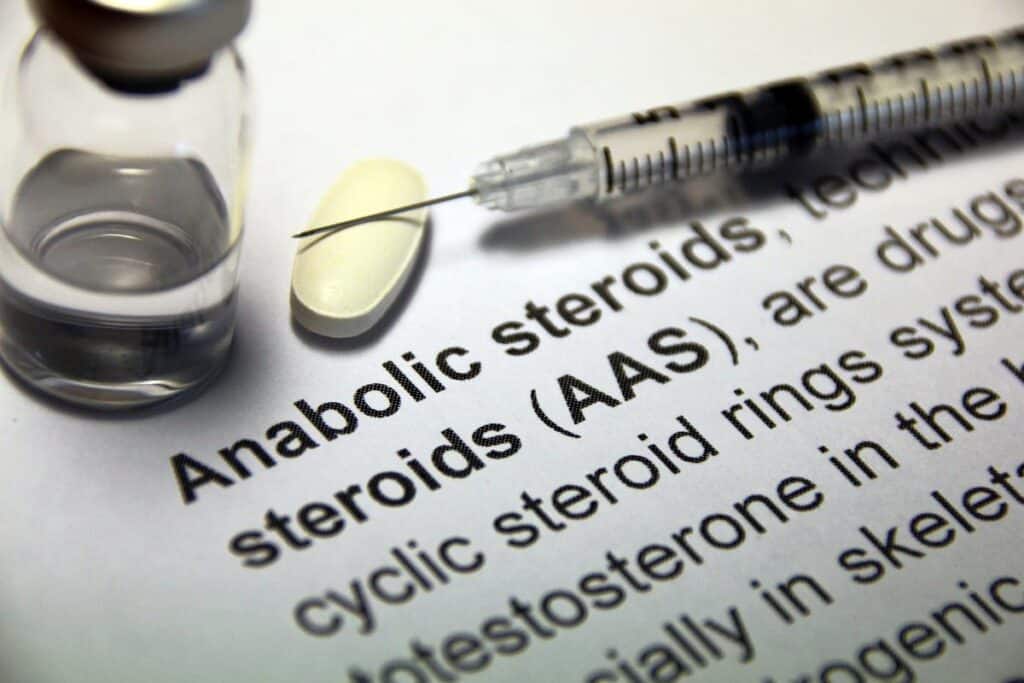The quest for the perfect physique has been an ever-evolving journey within the world of bodybuilding. Amidst the sweat-laden iron and the relentless pursuit of muscle hypertrophy, the use of anabolic-androgenic steroids (AAS) became a catalyst for controversy and transformation within the sport. The timeline of steroid use in bodybuilding is not just a tale of medical advancement but also a narrative of societal attitudes, ethical debates, and the inherent human desire to push beyond natural limitations.
The Dawn of the Steroid Era
The inception of synthetic testosterone in the 1930s marked a pivotal moment in medical history. However, it wasn’t until the late 1940s and early 1950s that steroids found their way into the arena of bodybuilding. The initial use was not widely publicized, as the substances were primarily in experimental stages. Athletes in various sports began to utilize these synthetic hormones to enhance performance, with bodybuilders following suit to boost muscle growth and recovery.
The Golden Age and Public Acknowledgment
The “Golden Age” of bodybuilding, spanning the 1960s and 1970s, witnessed icons like Arnold Schwarzenegger and Lou Ferrigno sculpting their legendary physiques, arguably aided by steroid use. It was during this era that steroids became a somewhat open secret within the community. Despite the lack of concrete evidence, anecdotal accounts suggest that this period solidified the association between steroids and bodybuilding.
Regulatory Response and Health Implications
The Olympic games of the 1950s served as a precursor to the regulation of performance-enhancing drugs (PEDs) in sports. However, bodybuilding would lag in implementing rigorous drug-testing protocols until the 1990s. The International Federation of Bodybuilding & Fitness (IFBB) eventually introduced policies to curb steroid use, though these measures have faced scrutiny over their effectiveness.
The adverse health effects of steroids, such as cardiovascular disease, liver damage, and hormonal disorders, have been well-documented. The ethical implications of steroid use have also spurred significant debate within the bodybuilding community and beyond.
The Rise of Natural Bodybuilding
In response to the growing concern over health risks and the desire for fair competition, natural bodybuilding has gained prominence. Organizations like the World Natural Bodybuilding Federation (WNBF) and the Natural Physique Association (NPA) emerged to foster a steroid-free environment for athletes. These entities emphasize the importance of natural training regimens, proper nutrition, and a commitment to clean competition.
Conclusion
The history of steroid use in bodybuilding is complex and multifaceted, reflecting broader societal shifts in attitude towards health, fitness, and competition. While the allure of steroids remains for some, the industry is increasingly recognizing the value of sustainable, health-oriented approaches to bodybuilding. The narrative continues to evolve as we advance in scientific understanding and ethical considerations, shaping the future of the sport and the health of its athletes.
At TF Clark Fitness Magazine, we encourage our readers to engage in informed discussions about the role of steroids in bodybuilding and to advocate for safe, healthy practices in all sports. Join us in exploring the rich history of bodybuilding and the diverse perspectives that contribute to this dynamic sport.




